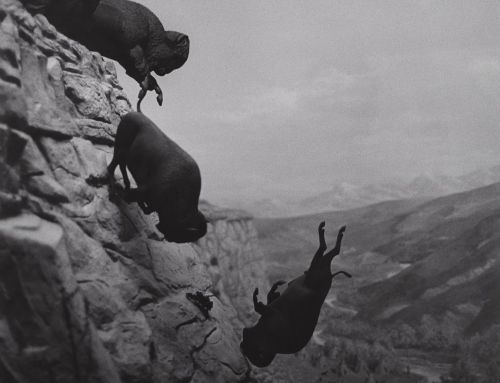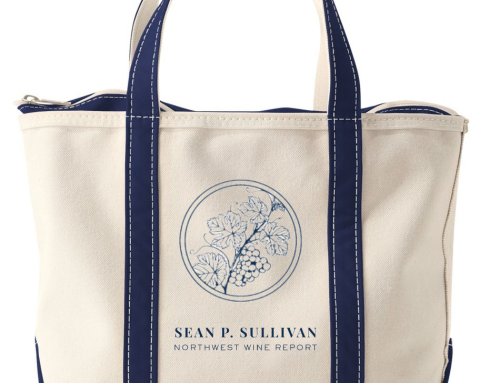Washington Cabernet Sauvignon production dropped sharply in 2011, decreasing from 31,900 tons produced in 2010 to 23,100 tons – a 28% decline. Overall, grape production in the state was down 11% from the previous year. This marked the first time in more than five years that grape production decreased in Washington.
The crop reductions were caused by a November 2010 frost that came shortly after the end of that year’s growing season. Red grape varieties were particularly affected, with production decreasing 20% in 2011. Meanwhile white grape varieties were down 2% from the previous year’s figures.
Riesling was again Washington’s most produced grape in 2011. Meanwhile Cabernet Sauvignon fell from second to third behind Chardonnay (see table below).
Several other interesting pieces of data came out of yesterday’s production numbers from the USDA. Whereas Malbec had been the state’s most expensive grape per ton for the last four years, Grenache was the most expensive grape in 2011 ($1,606 per ton) followed by Petit Verdot ($1,546). Malbec, meanwhile, came in third at $1,413.
The high price of these grapes reflects the increased interest in Grenache and Petit Verdot in Washington in recent years (NB: 2011 is also the first year that production numbers and average price per ton were listed independently for these grapes). The overall average price per ton for grapes in Washington decreased in 2011, from $1,040 to $987. This reflects the significant decrease in red grape production compared to white.
While the production numbers released yesterday laid bare the full extent of the 2010 freeze, the figures were actually a slight improvement over the 15-20% crop loss that many had initially projected. Consumers should start seeing 2011 white wines on the shelves in the next several months. Most 2011 reds will not be released until 2012 or later.
|
Variety |
Quantity Utilized in Tons |
|
|
2010 |
2011 |
|
|
Riesling |
33,500 |
31,700 |
|
Chardonnay |
28,600 |
28,500 |
|
Cabernet Sauvignon |
31,900 |
23,100 |
|
Merlot |
28,300 |
21,900 |
|
Syrah |
10,900 |
10,100 |







Sean, it is worth noting that the grape prices that are published are skewed heavily by CSM and Precept, as they have the largest grape contracts in the state, and are typically working with higher yields. For most small and mid-sized wineries, we are working with pricing by the acre, with a smaller crop, so our average price per ton is much higher than that (hence our wine prices are also higher). A typical grape contract from, say, Red Mtn., will be in the $10,000-13,000 per acre range. If we choose to only get 3 tons per acre, we are paying an average of $3300-4300 per ton of grapes. Some wineries prefer a higher yield, and some may want an even lower yield.
I just thought it was worth pointing out since most of the wines you report on tend to fall in this group. Thanks for the update!
Cheers! Trey
So basically don't drop any wine clubs or mailing lists just yet?
Trey, excellent points. Thanks!
Surprised Riesling is #1. Well, not surprised. I imagine a lot of that is attributed to the fact that Ch. Ste. Michelle Riesling is everywhere?
Any breakdown by AVA, Sean? I know, from seeing with my own eyes, parts of Horse Heaven and Walla Walla were hard hit, had heard that Grenache was way down (maybe causing price to spike??) but wondering where the biggest losses in Cab and Merlot were located?
The other grapes in your table has almost no decrease vs. 2010, but maybe on Syrah especially more acres came on-line.
Thanks!
Chris, sadly the USDA only provides aggregated data and doesn't break it down by AVA. As you noted, Horse Heaven Hills and Walla Walla Valley were definitely the hardest hit areas in the November 2010 freeze, so I would think that's where most of the losses were.
I wondered about a price spike in Grenache as well due to the cold snap. It is a particularly cold sensitive grape. Unfortunately as the production numbers weren't previously broken down, it's impossible to see what the tonnage looked like this year as opposed to last and, of course, without the acreage numbers, it's impossible to say whether more vineyard sources came on-line as well.
The high price for Petit Verdot could also potentially be attributed to last year's cold growing season. As a late ripening variety, it was particularly problematic to get PV ripe last year. Seeing what the price of both of these grapes looks like in 2012 may provide some insight.